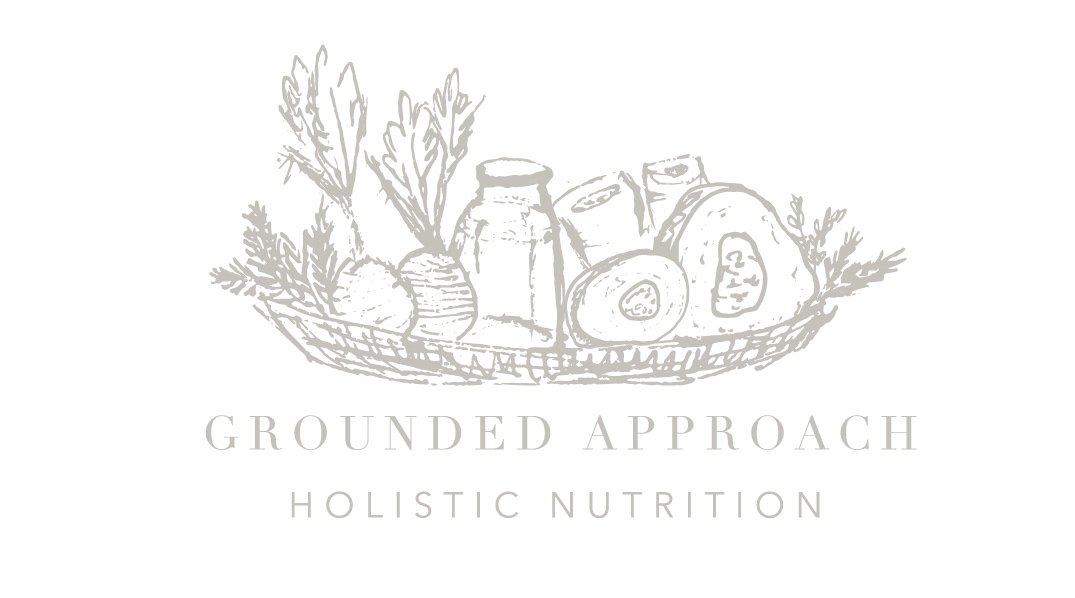Fix your lactose-intolerance
Are you lactose intolerant? The short answer to this question is probably not. Sure, maybe you have unfortunate symptoms when eating cheese or drinking milk, but there is a good chance your digestive issues are a product of the dairy manufacturing processes used rather than the milk itself.If you've ever traveled abroad to another country (France, Spain, Switzerland etc.) and noticed a lack of digestive issues when consuming dairy, this is definitely true for you. You are actually "pasteurization/ homogenization intolerant". So what does that mean?#1 Pasteurization: Due to FDA regulations, before milk can be sold in stores, it must be heated up to at least 140 F (although most brands are ultrapastureized and heated up to 280 F). This process was started in 1980 after the initial discovery of bacteria. At this time it was assumed that all bacteria was bad and led to the spread of disease. There was also no way to test bacteria levels so to stay on the safe side milk was pasteurized.When milk is pasteurized all of the bacteria (including gut friendly probiotics) is killed. This process also kills the enzyme lactase which is needed to break down the milk sugar lactose, hence the term "lactose intolerant". Of course you are not actually intolerant to lactose. You're just dependent on lactase!#2 Skimming the fat:Did you know that prior to WWII skim milk was not thought of as a health food? It was considered the cheap by product of cream that was given to the pigs to fatten them up. It wasn't until the marketing of "fat-free" products that skim milk became desirable which is such a shame. Fat-free milk may sound like a health food, but in reality it is higher in sugar and more difficult to digest.#3 HomogenizationThis process is responsible for the lack of cream on the top of your milk. Homogenization emulsifies milk by breaking down fat globules into more uniform pieces in a pressure chamber. As the much smaller fat globules begin to reassemble, they include fragments of whey and casein in their walls. This is shown to increase allergic reactions in milk consumers.A friend and I were talking last week and she mentioned that whenever she is in Switzerland, (where she lives 4 months out of the year) she doesn't have a problem digesting milk. But when she is in England it's not as easy to digest. In both places the milk is pasteurized and full fat, so she couldn't see the problem. I told her about homogenization and asked if her milk in Switzerland had cream that rose to the top. I could see the light bulb go on in her head. Her digestion problem was due to the homogenization process.The Solution? Raw dairy products.If you suspect you are homogenization/ pasteurization intolerant you should definitely try some raw, organic dairy products. Organic Pastures is a great brand from California, and can be found at most health food stores, co-ops and some farmer markets. They sell raw milk, kefir, cheese and butter!If you're currently in a state where raw milk is illegal, you can often work around these rules by participating in a cow share. Basically you commit to buying a certain amount of milk each week directly from the farmer.If you are new to unpasteurized dairy and are worried about raw milk safety you may want to start with raw cheese. Health food shops usually have a great selection or raw cheeses that are imported from Europe.Of course, don't take my (or the CDC's) word for it. Do your own research on raw milk safety and come to a conclusion for yourself.Have you tried raw milk? What are your thoughts?


